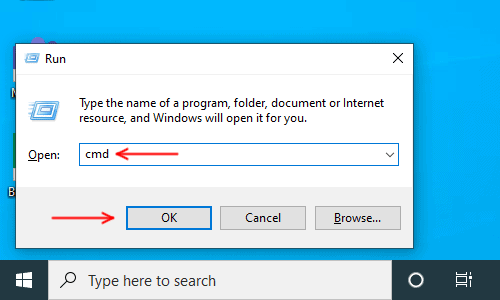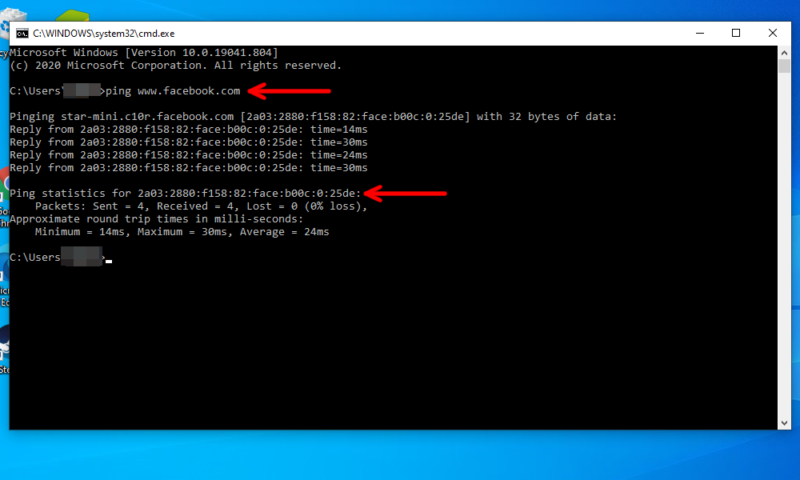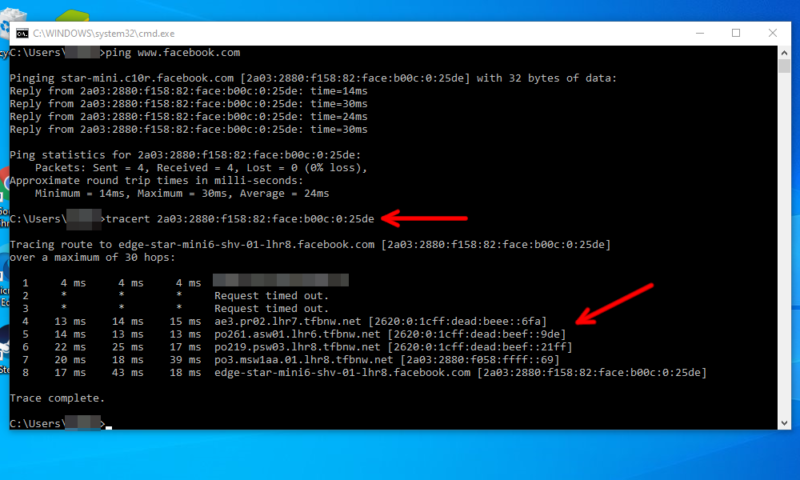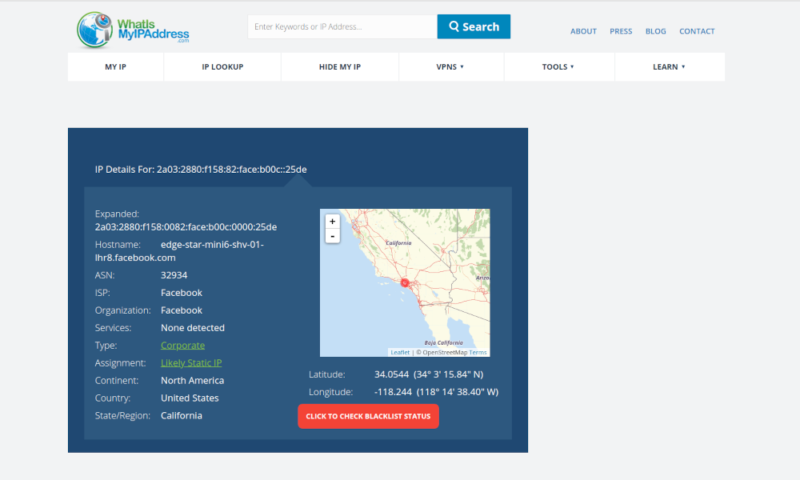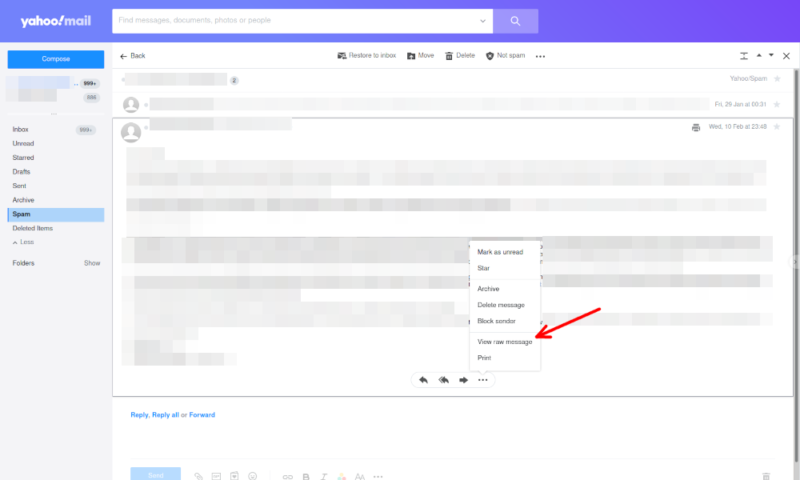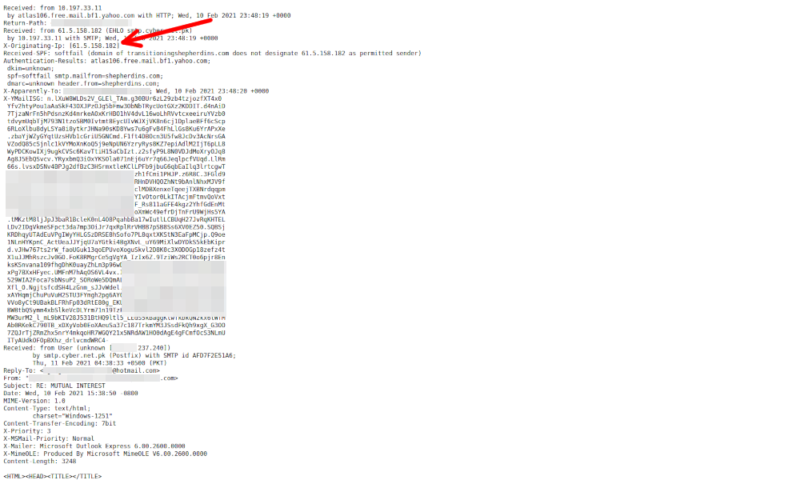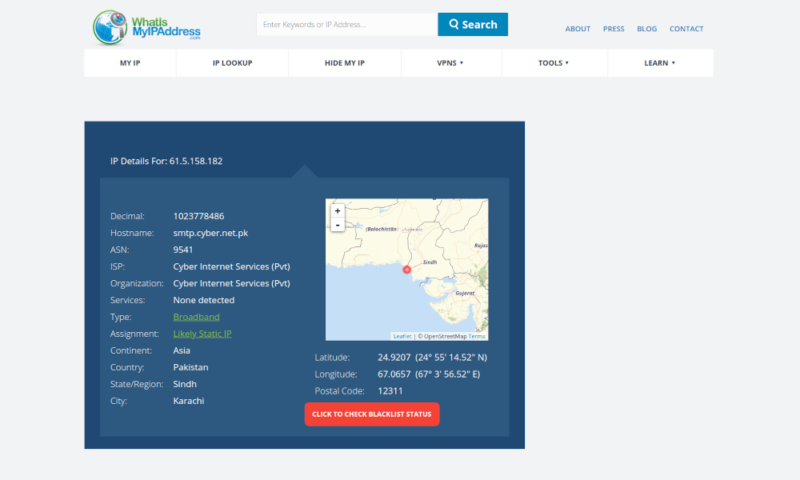
How to Trace an IP Address in 2024 [Steps & Tools for Tracing] Search
Cloudwards.net may earn a small commission from some purchases made through our site. However, any earnings do not affect how we review services. Learn more about our editorial integrity and research process.
Why you can trust us
- 407 Cloud Software Products and Services Tested
- 3056 Annual Software Speed Tests
- 2400 plus Hours Usability Testing
Our team of experts thoroughly test each service, evaluating it for features, usability, security, value for money and more. Learn more about how we conduct our testing.
Key Takeaways:
- Computers use an IP address to work out where to send information.
- Most websites use a fixed IP address, which any device can ping or trace.
- Emails contain the IP address of the sender at the time they sent a message.
- You can discover the IP addresses of proxies and other servers through the “tracert” command.
Meet the expert
Learn more about our editorial team and our research process.
The internet is large and busy, so if you want your traffic to end up at the right place, your device needs to know where to send it. Normally it will use an identifier, called an IP address, and you can use it to get lots of information, including where your data’s really going. In this article, we’ll show you how to trace an IP address, so you can follow your information to any specific location around the world.
Data can go through several “hops,” so you may need to trace an IP address to find out where your data is going. When you have the specific IP addresses where your information is sent, you can find out that location through an online database.
Tracing an IP address not only tells you where your data is going but also the location of another internet user and if data is going somewhere it shouldn’t. It can even help you problem-solve a poor connection to a host. Tracing an IP will see through most proxies, but remember that even a free VPN can obscure the host’s IP address and location.
How to Trace an IP Address Using the Command Prompt
Tracing an IP address is a good way to find out where your data packets are going. It’ll give you the IP addresses of each device connected to your computer, which you can then use to get information, like the approximate longitude and latitude or ISP.
The easiest way to do this is with the “tracert” command in the command prompt. You can also find the IP address for any website while you’re there.
- Open the Command Prompt
First, press the Windows key and the “R” button. Then type “cmd” into the text box that appears and click “OK.”

- Ping the Website You Want to Trace
Type “ping” followed by the URL of the website to get its IP.

- Run the “Tracert” Command on the IP
The “tracert” command lets you see what locations your data is going through.

- Put These IPs Into an IP Lookup Tool
Websites like What Is My IP Address let you search for the approximate location of any IP address, so you can trace an IP address free.

How to Track IP Address via Email
If you’re looking to trace the IP address of an individual, or you just want to check out where that one questionable email is from, you might want to trace its email IP address.
- Open the Raw Email Data
Choose the option that says something like “open raw email” or “view original.”

- Find the IP Address
In the raw email data, there will be several IP addresses. You should check each of these.

- Put These IPs Into an IP Lookup Tool
You can now put these addresses into any lookup tool to find the sender’s country.

Final Thoughts: How to Run an IP Trace
Although you probably won’t need to trace an IP address on an average day, it’s useful to know the tools that other people can access. It’s very possible that, without a good VPN, someone could grab information like a rough estimate of your location and internet service provider.
Tracing an IP address can also be a great tool if you’re concerned about your online privacy or struggling to connect to a website. After all, being able to find out where your data is really going is the first step to hiding your IP and controlling where data goes in the future.
Have you traced an IP address before? Did you use these methods? Do you have any other suggestions? Let us know your thoughts in the comments section below. Thanks for reading.
FAQ
-
IP is short for “internet protocol,” and an IP address is the number assigned to your device. This allows any internet traffic to find your device, and it’s a vital part of all online communication.
-
Yes. As long as the device is on, connected to yours and doesn’t have a proxy server or VPN obscuring it, you can track the IP address. If you want to find the IP of a device you’re connected to, you can use the “netstat -an” command in the command prompt. This will give you a list of all the devices talking to yours.
-
Yes. In the same way that you can track other people’s IP addresses, they can track the IP addresses for your devices. Obviously, this is a privacy concern for some people, so if you want to hide your IP address information, you should use a virtual private network (VPN). Read our guide to learn what someone can do with your IP address.
-
Tracing an unprotected IP address is as simple as a single line in the command prompt. However, if someone has hidden or obscured their IP with a decent VPN service, you’ll just receive an error and get no information. In this case, the only reasonable option you have is to wait until they turn the VPN off.
-
The best way to track IP addresses is to use the command prompt — we have instructions below. You can also track and IP address via email.
IP is short for u201cinternet protocol,u201d and an IP address is the number assigned to your device. This allows any internet traffic to find your device, and itu2019s a vital part of all online communication.n”}},{“@type”:”Question”,”name”:”Can I Track Someoneu2019s IP Address?”,”acceptedAnswer”:{“@type”:”Answer”,”text”:”
Yes. As long as the device is on, connected to yours and doesnu2019t have a proxy server or VPN obscuring it, you can track the IP address. If you want to find the IP of a device youu2019re connected to, you can use the u201cnetstat -anu201d command in the command prompt. This will give you a list of all the devices talking to yours.n”}},{“@type”:”Question”,”name”:”Can Someone Else Trace My IP Address?”,”acceptedAnswer”:{“@type”:”Answer”,”text”:”
Yes. In the same way that you can track other peopleu2019s IP addresses, they can track the IP addresses for your devices. Obviously, this is a privacy concern for some people, so if you want to hide your IP address information, you should use a virtual private network (VPN). Read our guide to learn what someone can do with your IP address.n”}},{“@type”:”Question”,”name”:”How Easy Is It to Trace an IP Address?”,”acceptedAnswer”:{“@type”:”Answer”,”text”:”
Tracing an unprotected IP address is as simple as a single line in the command prompt. However, if someone has hidden or obscured their IP with a decent VPN service, youu2019ll just receive an error and get no information. In this case, the only reasonable option you have is to wait until they turn the VPN off.n”}},{“@type”:”Question”,”name”:”Is There an IP Address Tracker I Can Use?”,”acceptedAnswer”:{“@type”:”Answer”,”text”:”
The best way to track IP addresses is to use the command prompt — we have instructions below. You can also track and IP address via email.n”}}]}]]>
Meet the experts
Learn more about our editorial team and our research process.
Let us know if you liked the post. That’s the only way we can improve.
Also interesting
Last published on Cloudwards:
Originally a software engineer, Aleksander decided to leave the office lifestyle behind to live as a digital nomad. He now spends his time writing about technology and tourism, which allows him the freedom to call many different places home. When he’s not writing or editing, he likes to read fantasy/sci-fi, listen to podcasts about history and politics and travel.
Last published on Cloudwards:

